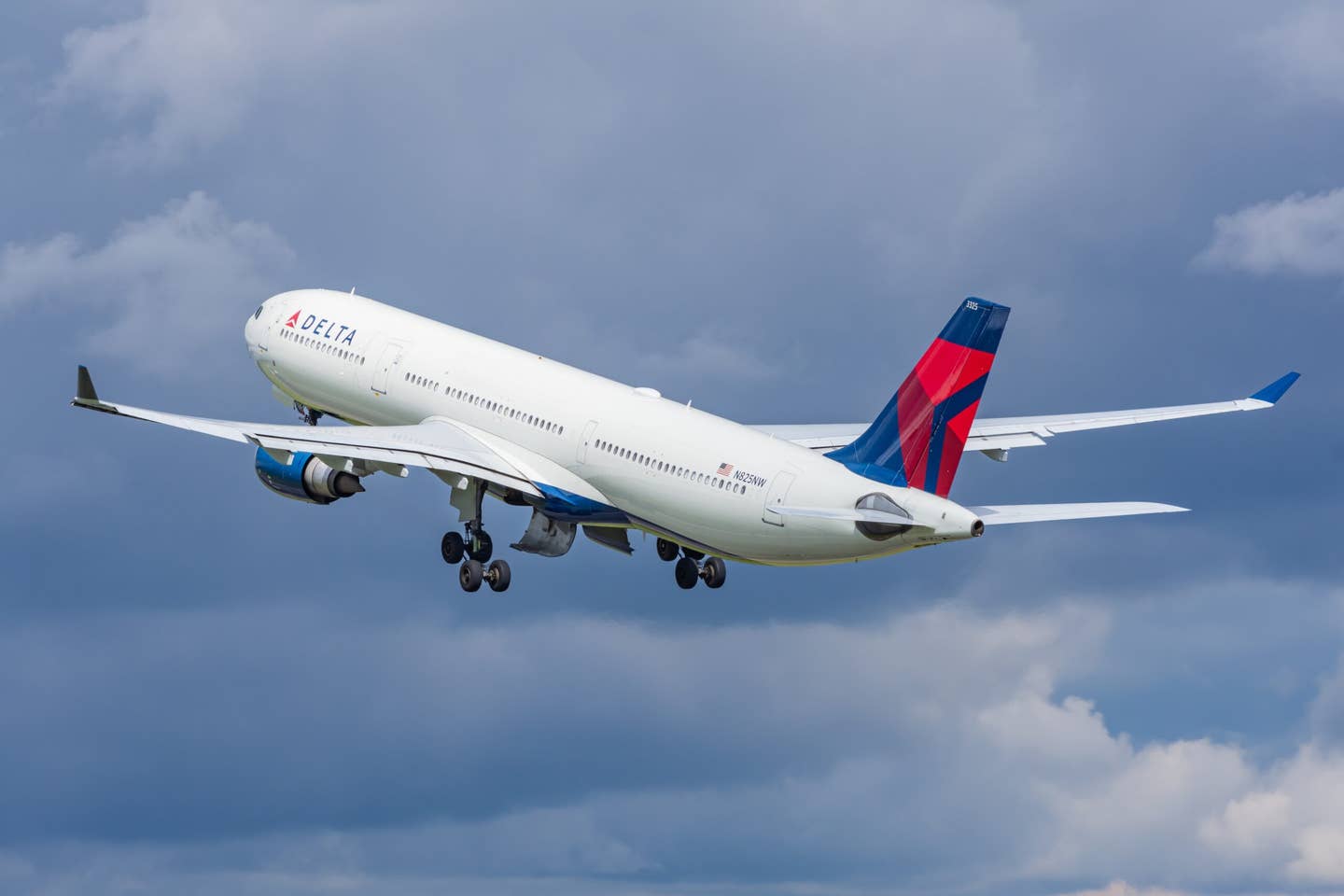
For more complex missions, ParaFlight EMS uses light jet aircraft such as the Embraer Phenom 100EV. Embraer Executive Jets
When Sim Shain was seven years old, his father had just become an emergency medical technician, volunteering for a local New York ambulance squad, Hatzolah EMS. “I used to watch him run out of our home and his business to go and save lives,” said Shain. “I said, ‘When I get older, I want to save lives too.’” As he turned 20, he took an EMT course and joined Howell First Aid and Rescue, then in 1996, joined the unit that his father helped to start—Hatzolah.
He soon connected the service he and his fellow EMTs gave on the ground with the critical link of air transport. “I had the privilege of having a close friend and mentor named Steve Zakheim,” said Shain. “Steve was a philanthropist, visionary, pilot, and paramedic. [He] had his own personal jet that he had outfitted with a stretcher and oxygen and would send me, and other paramedics, around the country on charity missions to help patients get to specialty hospitals, doctor consults, rehab centers, or back home. We would do these all at no cost.”
Zakheim went on to own the largest privately held ambulance company in New York City—and he lost 14 members of that team on 9/11. “Steve responded to NYC that day, as did I,” said Shain. “Steve spent over 30 days at ‘Ground Zero’ and unfortunately developed leukemia, secondary to his exposure.” Zakheim died in September 2013—not from cancer, but from the terrible damage caused to his lungs by the chemotherapy. But he left Shain with a mission: “While Steve was sick, he called me into his room at Memorial Sloan Kettering Cancer Center and told me, ‘Take my jet and go change the world.’ I ultimately did not take his jet but did set out to change the world in his memory.”
Shain also came to know to a very special young man named Yochi who needed a lung transplant. “He was a complicated case,” said Shain, “as he had [received] a prior liver and kidney transplant when he was a child…I traveled with him to 11 different transplant centers around the country hoping to get him on the transplant list. He was turned down by every center until we found one right in our backyard. He was listed and treated at the incredible Montefiore Medical Center in The Bronx, New York City. While ultimately he passed away before a match was found, his mom believes he lived at least two years longer knowing that he had a chance.”
Spurred on by these incredible stories, Shain launched ParaFlight EMS to provide air ambulance along with corporate jet and helicopter Part 135 transport. The organ transport division—OrganFlights—began five years ago. With a special app, OrganFlights provides an Uber-style service for organ transport, allowing ParaFlight to communicate with transplant centers and aircraft operators in real time.
The COVID-19 pandemic arrived in early 2020, bringing with it a particular array of challenges unique to the medical transport mission—and ParaFlight EMS joined the ranks of other charitable aviation groups that flexed to meet the need. “The biggest challenge we faced during the onset of COVID was the shortage of ventilators,” said Shain. “Transplants can sometimes utilize up to seven ventilators, and they were needed for the very sick COVID patients. The next issue we faced was there were no quick tests to rule out COVID, and if either the donor or recipients were COVID-positive, they couldn’t [participate in the transplant]. There were also concerns about sending teams from one hospital to another. Basically, it was a nightmare, and most transplant centers shut down completely for a few months at least. Our organ business was down 100 percent, but our corporate flight division got busier as people didn’t, and still don’t want to, fly commercial.”
ParaFlight EMS uses a cross-section of light aircraft, mostly those seating six or seven passengers, as they are economical for the normal mission. “The exception is when we need to fly specialized equipment such as the Transmedics OCS Heart Box, and that requires a larger aircraft,” said Shain. The return to international flying has been slow, he said. “Many countries have different rules and regulations as far as COVID tests, vaccinations, and quarantines that tend to change daily, so going on vacation and getting stuck in one’s room for two days while they wait for COVID results is not ideal. We have been flying many passengers and patients who got stuck out of the country as one or more of their family members tested positive while in Turks and Cacos, the Bahamas, and other vacation destinations. We send air ambulance aircraft with a flight nurse and coordinate with the Ministry of Health in those countries as well as the CDC and US Customs in the USA to get them back home safely.”

Sign-up for newsletters & special offers!
Get the latest FLYING stories & special offers delivered directly to your inbox






